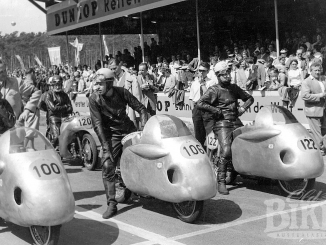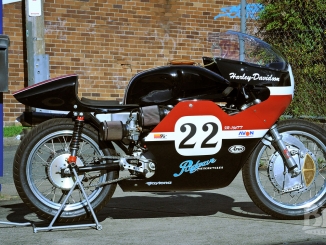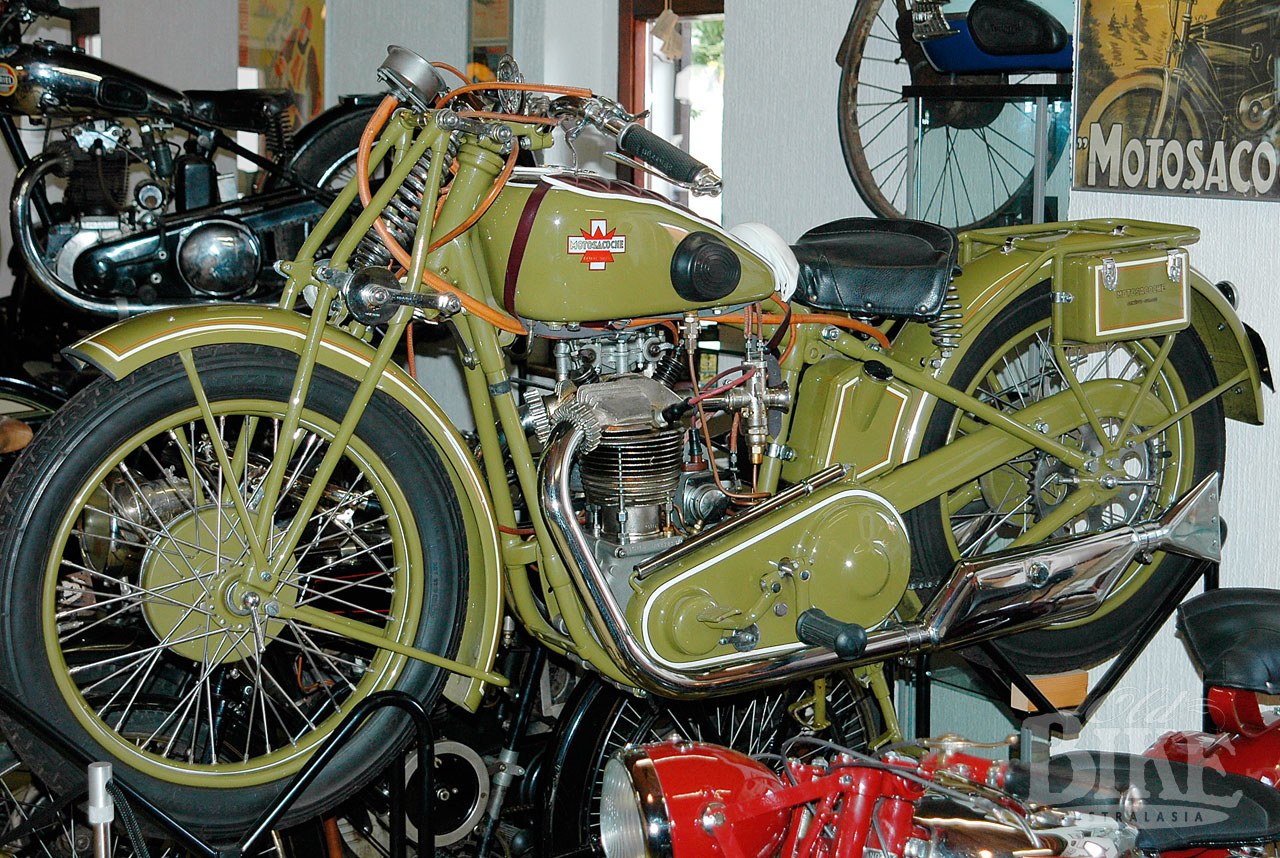
Story & photos: Jim Scaysbrook
In the tiny country of Slovenia, which has been invaded, annexed, carved up and pushed around for centuries, it’s a miracle anything has survived.
Almost destroyed in the bloody Italy versus Austria/Hungary conflict of 1915, then manhandled into the Yugoslavian nation by Tito, Slovenia has only re-emerged in recent times as a nation in its own right. Yet for all the destruction and bloodshed, it is a country of picture postcard beauty, none more so than the so-called ‘Valley of Green Gold’ which runs northwest from the capital city of Ljubljana. About one hour’s drive on the motorway from the capital is a sign to Muzej Motociklov Vransko. You swing into the village, expecting to be confronted with more signage, but there is none. Twenty minutes spent driving around the narrow streets failed to produce further clues, and even enquiries at the local store were largely fruitless, thanks to the language barrier.

Then, just when we were about to give up, bang, there it was, right in the middle of the main street, but looking more like a church hall than a motorcycle museum. Mind you, there were no indications that the place was actually open, but I found a small, nuggetty looking chap holding a brisk conversation in Slovene with what I took to be a group of local tradesmen. “Is this the motorcycle museum, and is it open?” I ventured. “Sure”, the man eventually replied, choosing his words in good English. “We’ve just been waiting for you.”
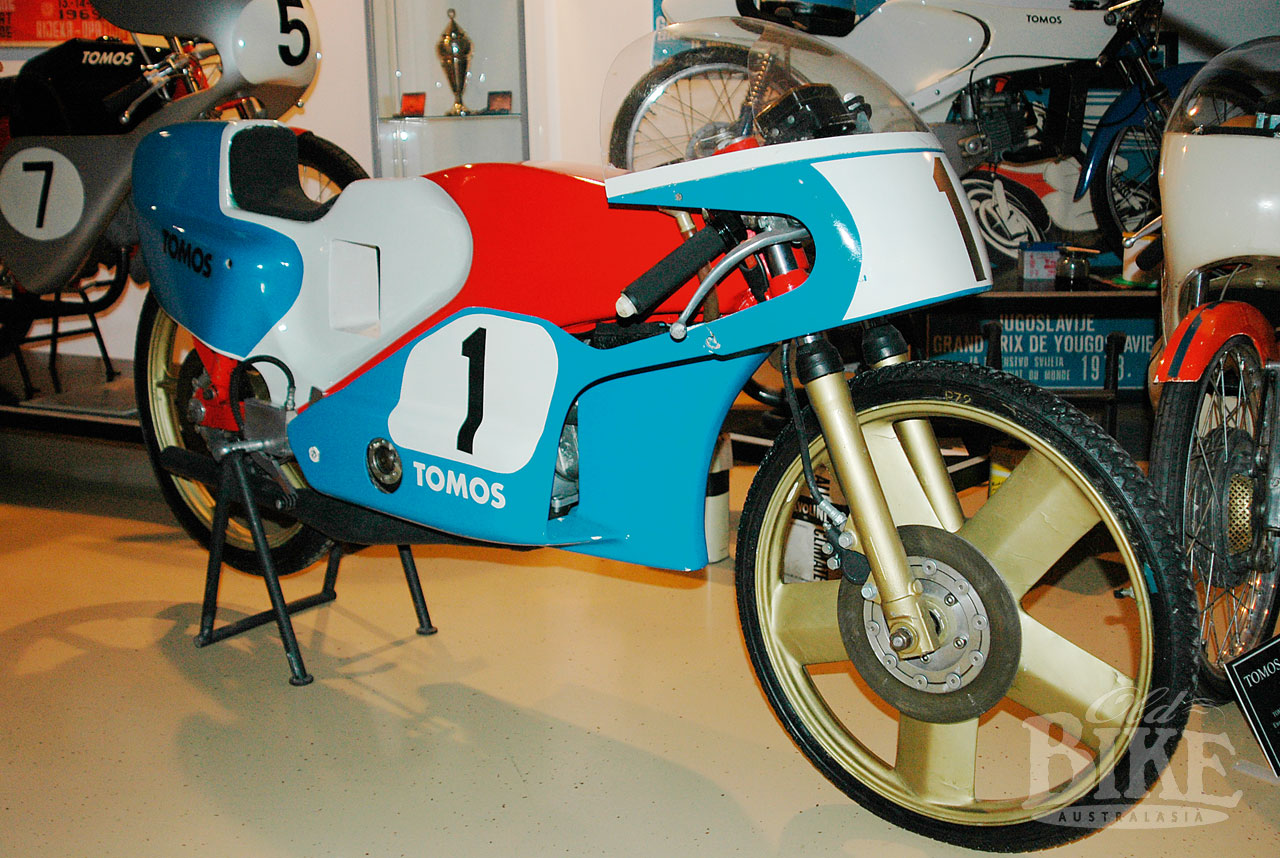
It was an insight into the personality of the owner, Peter Grom, a reserved sort of a chap who slowly but surely warmed to me and Mrs Old Bike. It transpired that Peter is a successful architect with a fierce passion for old vehicles, particularly the rarer types from Europe and the eastern bloc. After a comprehensive tour of the main museum, which is located on the top floor of the building, we were shown into the non-public area below – the waiting room for aspirants to the main show. Wow.
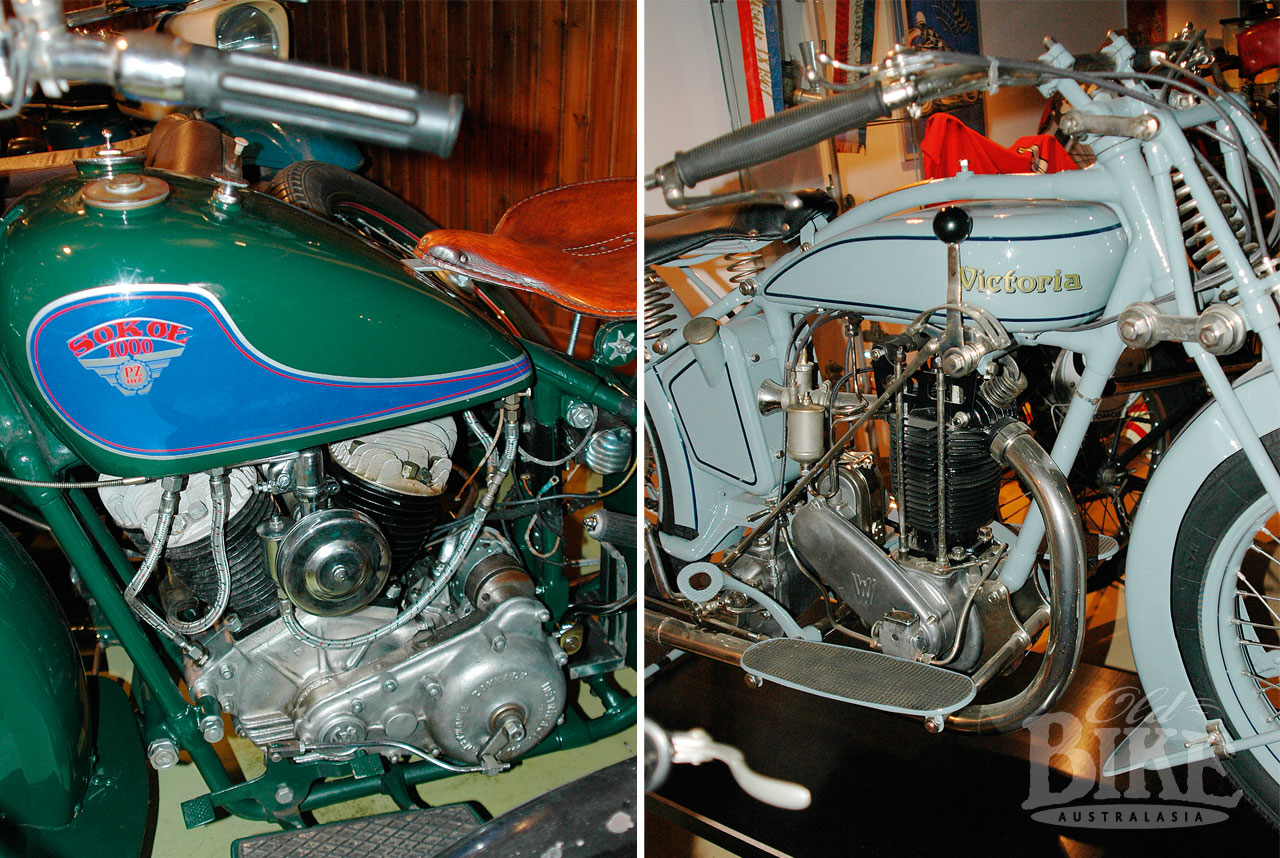

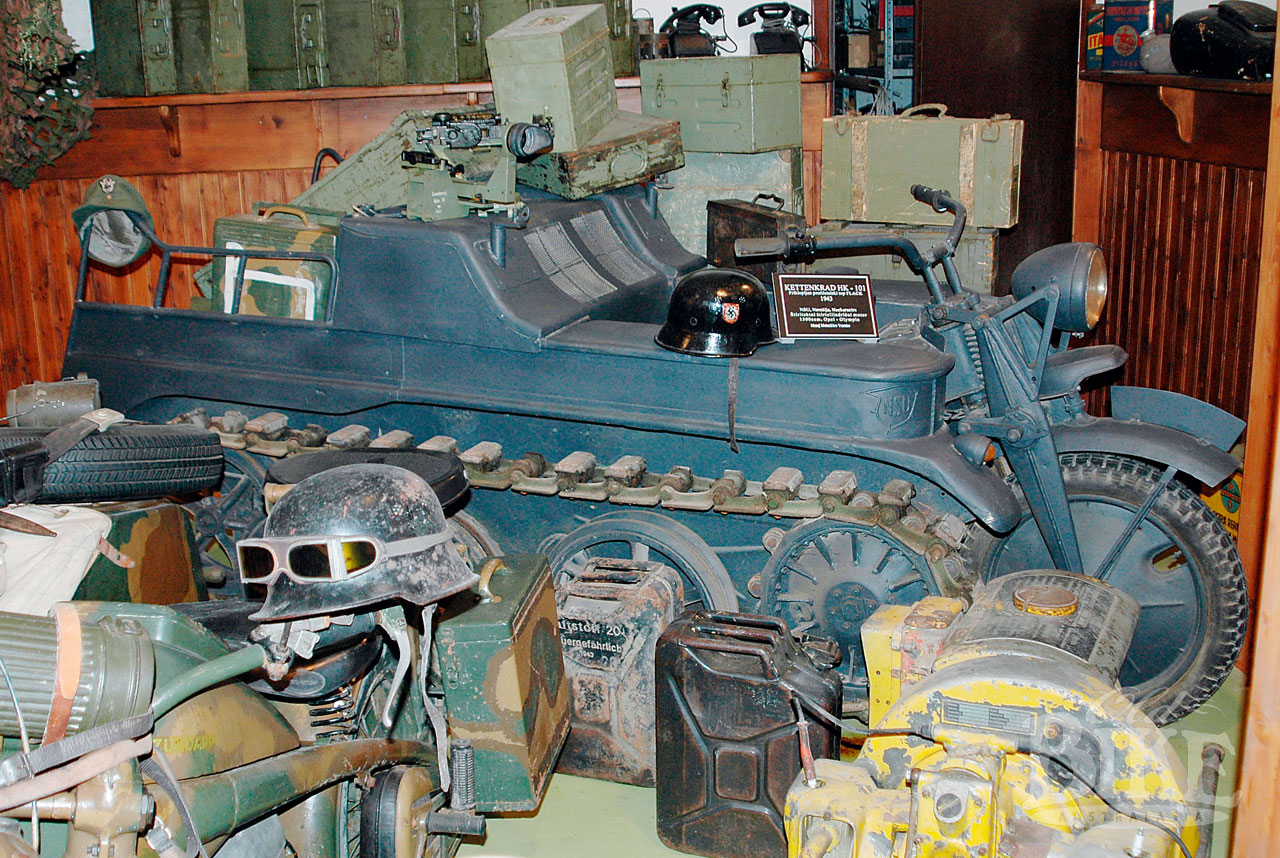
But let’s start at the top. The building is long and narrow, but I estimate there would be at least 100 bikes on display. There is a strong emphasis on Puch, because the founder, Johan Puch, was not Austrian as is popularly held, but Slovenian. Peter has a beautiful 1912 540cc ‘N’ type Puch, clearly his favourite, on display, and this machine was the first motorcycle to be featured on a postage stamp in Slovenia. Another highly-featured local marque is TOMOS, (TOvarna MOtornih koles Sezana) which originally built Puch mopeds under licence and later developed successful 50cc GP racers, ridden by Gilberto Parlotti. The company is still in operation in nearby Koper, and there are quite a few examples of the racing bikes from the 60s and 70s along with a big collection of racing memorabilia.


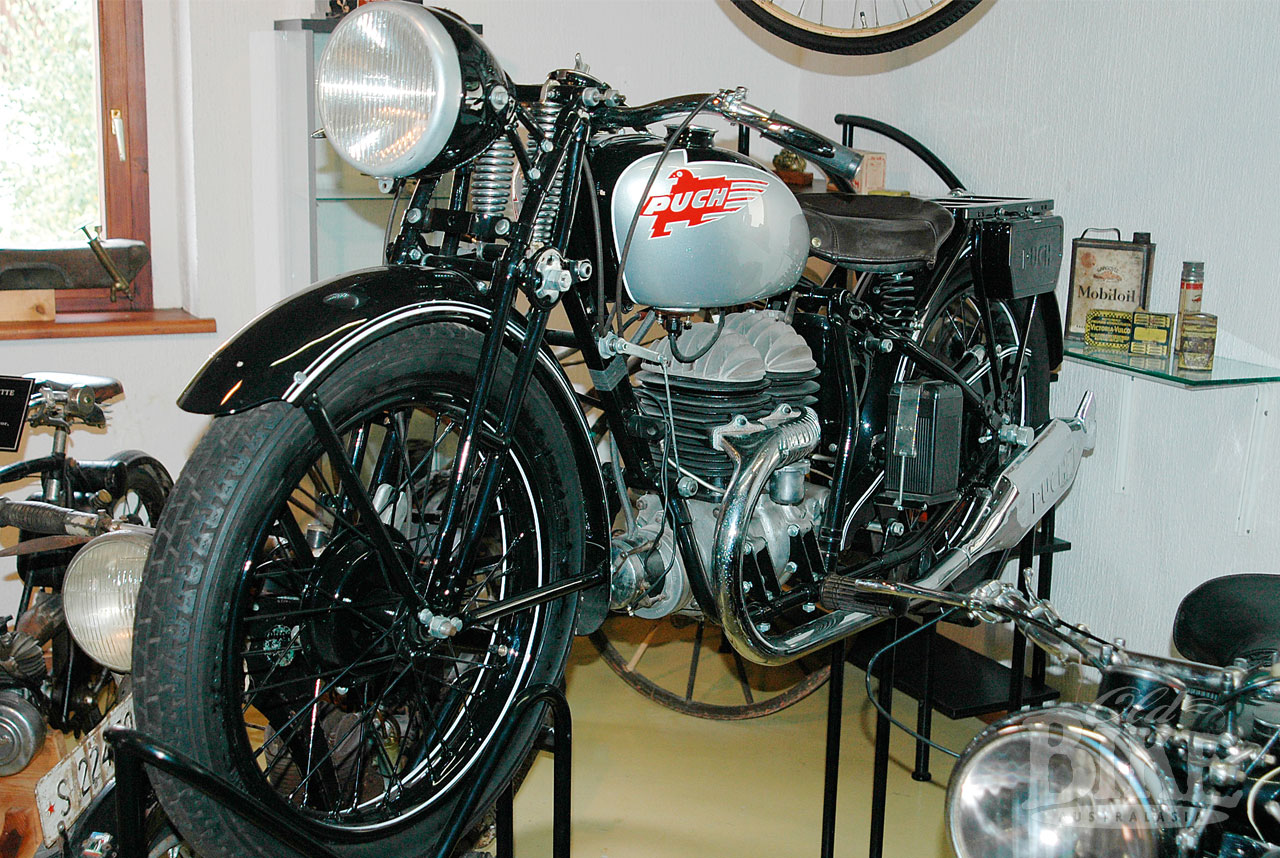
Peter’s office is an organised jumble of books, papers, military uniforms, and one of his most prized possessions – an ex-works 250cc DKW supercharged split single ‘Ladepumpe’ from 1937, similar to the machine raced in Australia at the same time by works rider Ewald Kluge.
The beauty of this museum is that it contains dozens of machines that are rarely seen, or even heard of, in the museums of western Europe, UK and the USA. Take the Majestic, a Paris-built mammoth creation of 1929 that features hub-centre steering and a fully enclosed engine. The bike on display has a 500cc Chaise engine, but during the company’s seven-year history they also employed a four-cylinder Train engine and 500cc JAPs. How about a Koehler Escoffier – a very handsome 500cc OHC French machine from 1929, or a Standard REX, made in Germany? The example on display is a 1938 OHC 350. There are many other rare and largely forgotten makes – a French Ultima v-twin from the early 1920s, a twin-port 344cc Monet Goyon, a Pretis, made under licence from NSU, and an Italian 350cc Frera E, dating from 1915. Of course there are the better known brands as well, including several Indians, ranging from a 1926 250cc Prince to a four-cylinder 437 Sport, Harleys, Gileras, Mondials, MVs and an Aermacchi.


Downstairs in the holding room are numerous military motorcycles and wheeled weaponry, including a Kettenkrad HK 101 miniature tank made by NSU. In comparison with this massive machine is a tiny Villers-engine Welbike, used by paratroopers in WW2. Alongside sits a Polish Sokol, a 995cc side valve v-twin with obvious Harley-Davidson parentage.
And that’s not all. In an adjacent building is the Bed & Breakfast, catering exclusively for the legions of motorcy-clists that tour these parts in the summer months. Themed from top to bottom with motorcycling memorabilia, this establishment has its own ‘pub’ – a bar where patrons perch on leather saddles, with an Indian v-twin engine atop the counter. It is obviously the scene for some very jolly times. The attached restaurant, Pre Gromski Streli even features handmade chocolate motorcycles for dessert!
Vransko may, to those of us from Down Under, seem a fairly remote place, but it is in fact easily accessible by motorway from Austria or Italy, so if your next holiday takes you to the region, don’t miss it.
For more information, see www.muzej-motociklov.com

